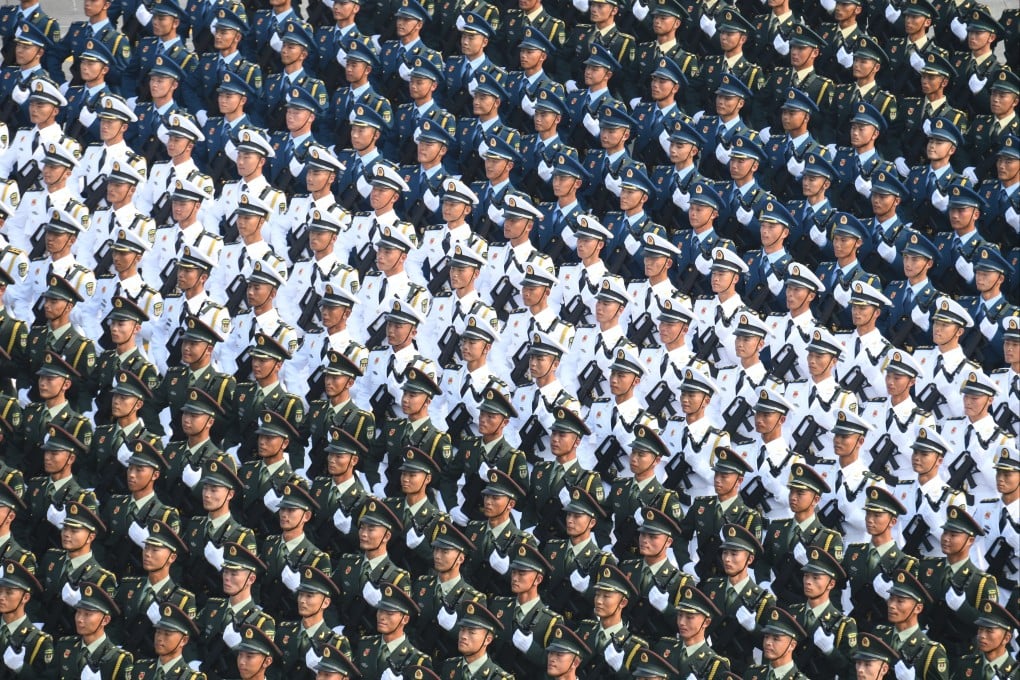Advertisement
Which Chinese military units are expanding while others are shedding troops?
- The PLA is pivoting to confront changing challenges – and that means more combat personnel, according to one commentator
- But much more needs to be done to realise the armed forces’ modernisation ambitions, author says
Reading Time:3 minutes
Why you can trust SCMP
51

China has expanded its combat forces to adapt to changing risks – despite a years-long push to streamline the People’s Liberation Army, according a Communist Party publication.
In a book of commentaries published in mid-November by the People’s Publishing House, military commentator Zhong Xin said the PLA had been “optimising” its personnel structure by deploying more troops to combat roles while cutting 300,000 positions.
The book focuses on President Xi Jinping’s reforms over the last decade and in it Zhong said the military now had about 2 million personnel, down from a peak of more than 6 million in the midst of the Korean war in the 1950s.
Advertisement
When Xi, who also heads the Central Military Commission, introduced a military modernisation plan in 2015, that number had already decreased to 2.3 million as a result of a series of overhauls.
But more work still needs to be done or the PLA’s ambitions will not be realised, according to Zhong.
Advertisement
“The military’s command system is not systematic, the army’s structure is not sound enough, and the policy system lags, seriously limiting the PLA’s defensive operations,” Zhong wrote. “If these problems are not resolved, plans to build a world-class modern military are just empty talk.”
Advertisement
Select Voice
Choose your listening speed
Get through articles 2x faster
1.25x
250 WPM
Slow
Average
Fast
1.25x